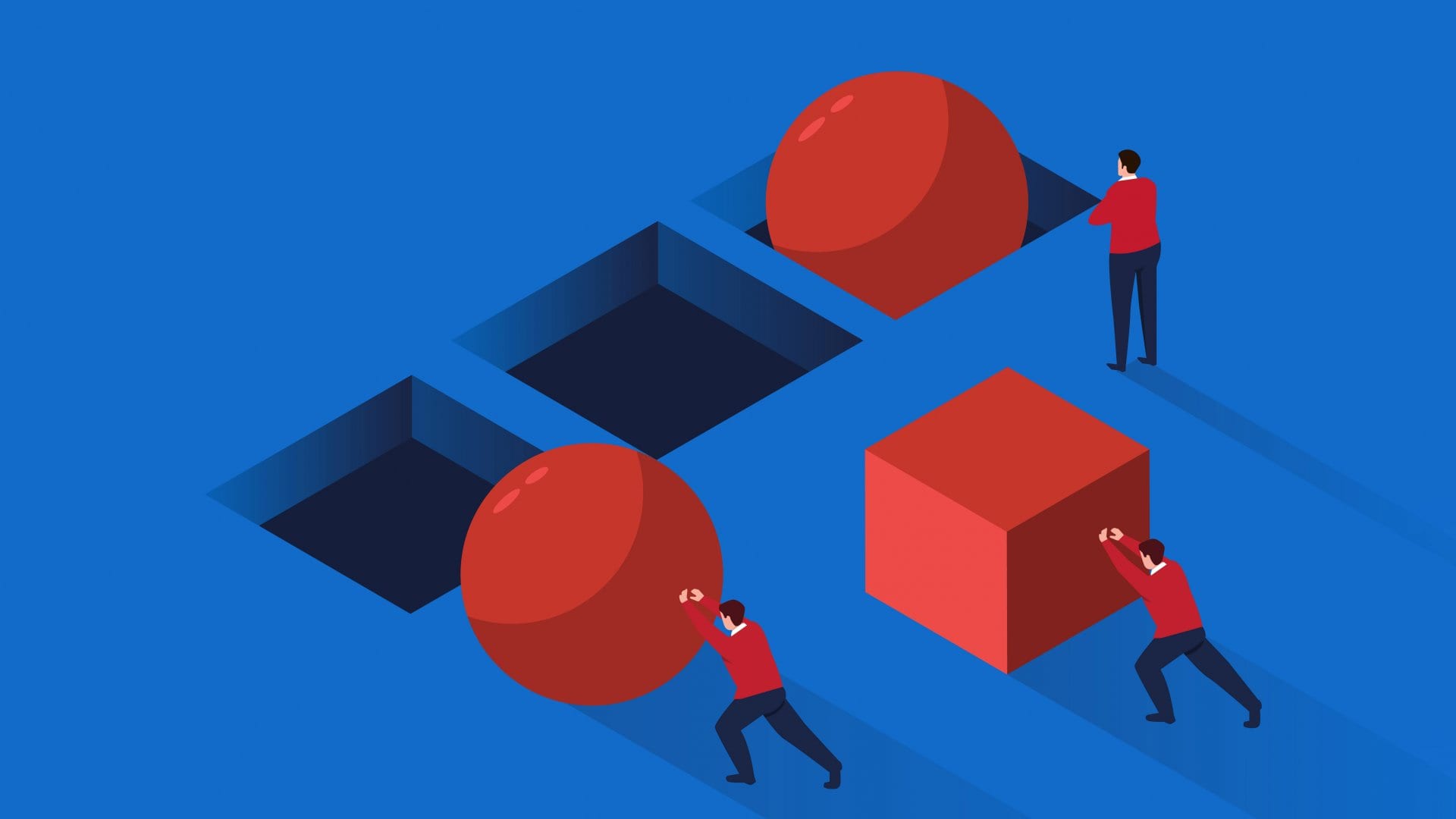Don’t waste opportunities to create customers for life.
As leaders, we tend to think in terms of perfection. Our goal is typically to design systems that help us avoid errors and mistakes. That’s especially true in engineering and science-based disciplines like brain and rocket science–areas where you really can’t afford to make a misstep.
But when it comes to servicing customers, it’s likely that you and your team will screw up. And the good news is that this might be just the kind of opportunity you were looking for to build customer loyalty.
Let me explain.
1. To Err is Human
2. Turning Things Around
3. Look for Turnaround Opportunities
Look, humans make mistakes. If it wasn’t already obvious enough, this has been proven by reams of research. When viewed for their probability of making mistakes, humans are three sigmas from the average on a normal distribution–which means, even in a best-case, we’ll see one mistake for every thousand actions.
In other words, we’re going to see plenty of mistakes on a daily, weekly and annual basis. The trick for leaders is to look for the opportunities these mistakes open. In particular look for how you can turn those mistakes into opportunities to create customers for life. I came across this idea in an article in Harvard Business Review called “The Profitable Art of Service Recovery.”
The key takeaway from the piece is that some of the best ways to create loyal customers are to do your best to recover from a bad situation.
Consider an example where you check into a nice hotel. After you take the elevator up and slide your card to enter the room, you know something is wrong right away. Not only does it smell like cigarettes, but you also notice that the bed hasn’t been made and dirty towels are still lying on the floor. Clearly, your room wasn’t cleaned.
You’re obviously frustrated as you call down to the front desk to complain. Imagine your surprise then when the hotel manager walks into your room just a few minutes later. He apologizes profusely as he takes your bags for you and escorts you to your new room–a fancy suite on the top floor. The room is nice, and things get even better when the manager tells you he is comping the room for you as well. He shakes your hand and wishes you a pleasant stay. The free champagne shows up 10 minutes later as you consider what a wonderful hotel you are in.
How do you think you’d feel after that kind of experience? Do you think you’d be happy enough to tell some friends about your experience?
That hotel manager took a bad situation and turned it completely around–perhaps winning a customer for life and maybe even generating additional business from your friends.
There are ways you can measure these kinds of interactions. For example, one of the tools that organizations use is the Net Promoter Score, NPS, where you ask customers how likely they are to recommend your business to a friend, using a scale of 1 to 10.
While it’s great to celebrate the customers who give you scores higher than 8–it’s the ones giving you 2s and 3s who are what some experts call potential terrorists to your brand. These people are so unhappy with you that they are going out of their way to tell their friends about how bad you are.
Now, think about how those same people could be turnaround opportunities to create customers for life. That’s why it’s just as important for leaders to spend as much time designing processes for recovery as they do avoiding mistakes.
A great example that I write about in my book, Great CEOs Are Lazy, comes from the legendary supermarket Stew Leonard’s. The store designed a customer service recovery process where every employee is given the leeway to spend up to $500 to help solve customers’ problems and create tremendous service opportunities. That’s how you can turn an NPS of 2 into a 9 or even a 10.
So, the next time your team slips up when it comes to serving your customers–because there will be a next time–don’t miss the chance to use it as an opportunity to build customer loyalty instead.



